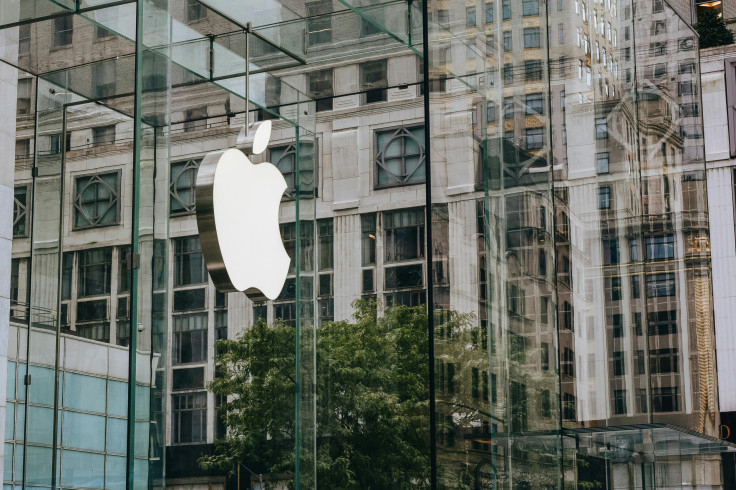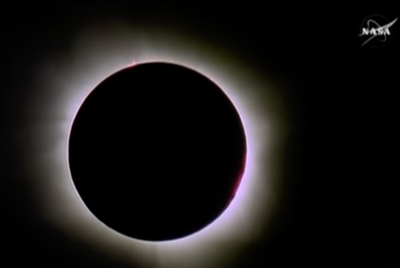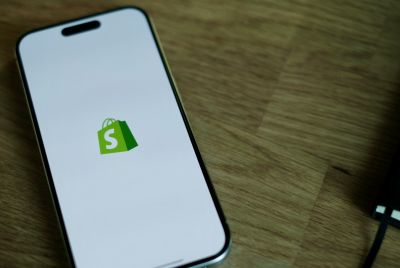Apple Quietly Adds Six Popular Gadgets to 'No-Fix' List — Is Your Device On it?
Is your beloved iPhone, iPad, or Mac affected by these changes?

Apple users are concerned about the actions of the tech giant, which has discreetly expanded its 'no-fix' list to include six widely used gadgets.
The move has surprised users as it implies that if the device encounters an issue, the official repairs or support may no longer be an option.
Pertinently, the six devices that have been added to its official 'vintage list' were once among Apple's most popular, with many reaching vintage status within 10 years of their launch.
Being categorised as 'vintage' doesn't guarantee your device will fetch a high price online. If you own an Apple product on this list, it signals that the company may no longer be able to repair it if it develops a fault.
From Current to Obsolete: Apple's Product Lifecycle
Meanwhile, three Apple products have transitioned from the vintage list to the more concerning obsolete list, indicating their lifespan is nearing its end. All the Apple products are placed into three categories: current, vintage, and obsolete.
Even the latest iPhone 16 will eventually reach obsolescence, destined for the ever-growing pile of discarded technology.
However, Apple and other tech firms have faced criticism for the limited lifespan of their devices, a practice that contributes to the escalating issue of electronic waste.
As initially reported by MacRumors, the six products Apple recently moved to its vintage list include the 2013 Mac Pro. This cylindrical desktop computer, often likened to a 'trash can' due to its distinctive shape (and also compared to a rice cooker or Star Wars' R2-D2), retailed for $2,999 (£ 2,236.79) when it first launched over a decade ago.
Apple adds 2013 "Trash Can" Mac Pro to its vintage and obsolete products listhttps://t.co/Sbjn9IHGWF#Apple #2013MacPro #MacPro #desktop #TrashCan #Mac #vintage #obsolete #products #list #hardware #repairs
— O'Grady's PowerPage (@PowerPage) July 15, 2025
The remaining five products, now deemed 'vintage', are considerably newer than the 2013 Mac Pro, making their inclusion on the list somewhat surprising. These items include the 13-inch MacBook Air (2019), iMac (2019), 11-inch iPad Pro (2018), 12.9-inch iPad Pro (2018), and the 128GB iPhone 8 (2017).
The 'Vintage' Reality: What It Means for Your Device
When an Apple product is classified as 'vintage', it means the company ceased selling it more than five years ago. Consequently, obtaining official Apple services for such devices may be challenging. While Apple retail stores and Apple Authorised Resellers can still perform repairs on these 'vintage' items, this is strictly dependent on the availability of the necessary parts.
The 'Obsolete' Fate: When Support Ends
The 2013 Mac Pro, which gained something of a cult following, faced criticism for an 'unsustainable' design that failed to meet the demands of professional users. This model was discontinued in 2019 upon the release of its successor, the $6,000 'cheese grater' Mac Pro, and has now officially reached 'vintage' status.
When it launched, MailOnline hailed the iPhone 8 as 'the best handset Apple has ever made'. However, this recent change means that all three storage configurations for the iPhone 8 – 64GB, 128GB, and 256GB – are now considered vintage.
Apple has added the following products to their "vintage" and "obsolete" products list. 👇🏼
— Brian MacDuff (@itstheBMAC) July 14, 2025
⚠️ Vintage Additions
• 2013 Mac Pro
• iPhone 8 128GB
• 2018 11-inch iPad Pro
• 2018 12.9-inch iPad Pro
• 2019 13-inch MacBook Air
• 2019 iMac
❌ Obsolete Additions
• AirPort…
In 2018, the 11-inch and 12.9-inch iPad Pro models were released, with many reports at the time describing them as 'the best tablet out there,' praising their 'stunning screen' and 'blazingly fast' processing speeds.
Three Apple routers have also now been designated 'obsolete': the AirPort Express, the 2TB and 3TB AirPort Time Capsules, and the 802.11ac AirPort Extreme. For those unaware, Apple labels a product as 'obsolete' once it has been more than seven years since the company last sold it.
As Apple clarifies, an obsolete device no longer receives support and is ineligible for repairs at an Apple Store or an authorised third-party service. So, if the product stops working, Apple is not obligated to fix it, rendering it little more than a relic.
The Environmental Angle: Concerns Over Device Lifespan
Apple's website clarifies this further: 'Apple discontinues all hardware service for obsolete products, and service providers cannot order parts for obsolete products. Mac laptops may be eligible for an extended battery-only repair period for up to 10 years from when the product was last distributed for sale, subject to parts availability.'
Each year, while Apple launches numerous devices to significant excitement, many more are quietly moved to the technological scrap heap.
However, environmental campaigners argue that a lifespan of under a decade is unreasonable for a tech product costing hundreds of pounds, contributing to the growing problem of electronic waste.
© Copyright IBTimes 2025. All rights reserved.





















